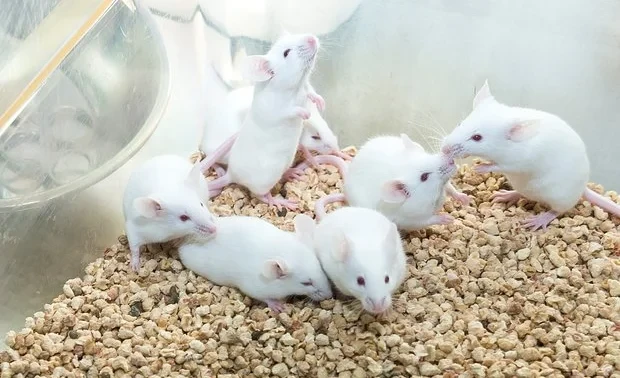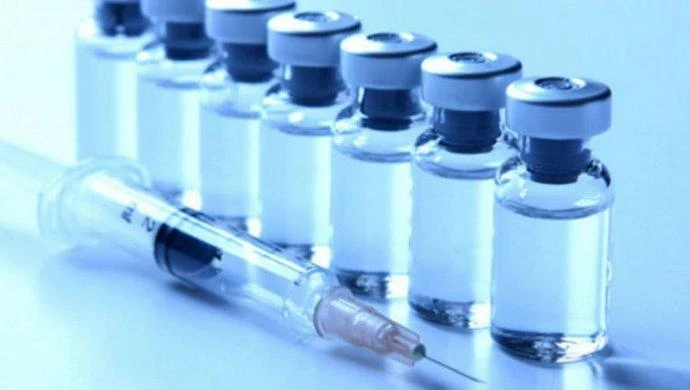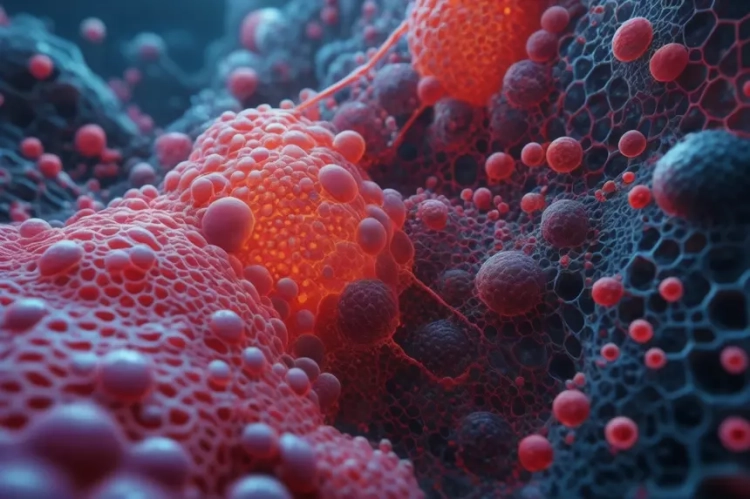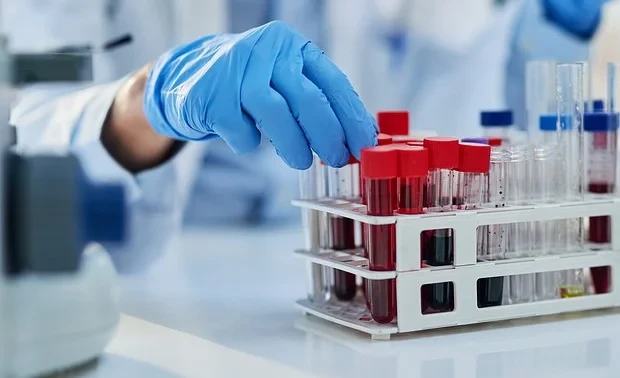
Researchers from Stanford have demonstrated that a combination of pancreatic cell transplantation and hematopoietic stem cells can completely halt or cure type 1 diabetes in mice.
In a paper published in the Journal of Clinical Investigation (JCI), it is described how a new immune system, formed from donor and recipient cells, was able to prevent the autoimmune destruction of insulin-producing cells, ensuring stable restoration of normal blood sugar levels without the need for insulin and immunosuppressants.
The preparation of the body for this transplantation was carried out using a gentle regimen that included a combination of antibodies, low-dose radiation, and medications for treating autoimmune diseases. This approach is already partially applied in clinical practice, which increases the likelihood of its successful use in humans. The method proved effective for all 19 mice in which researchers attempted to prevent the development of diabetes, as well as for all nine that were already suffering from a severe form of the disease.
The next stage of the work will be to adapt this technology for use in humans and to find a source of sufficient pancreatic cells for transplantation. Scientists believe that this approach to "rebooting" the immune system could open new horizons not only in the treatment of type 1 diabetes but also in the therapy of other autoimmune diseases, as well as in the safe transplantation of organs from partially incompatible donors.
















